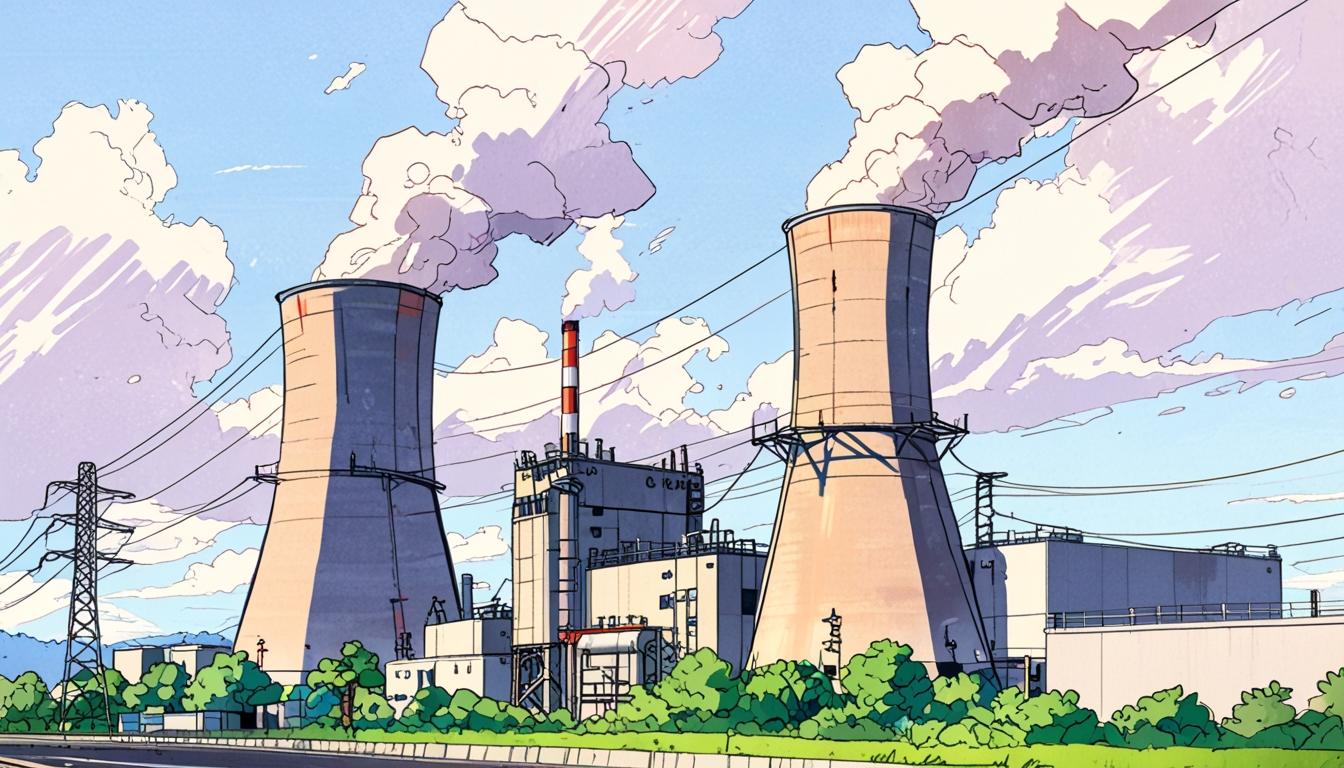Coal-fired power plants in the United States, which have increasingly become unprofitable over recent years, are gaining renewed strategic value amid a surge in electricity demand driven by Big Tech's expanding cloud computing and artificial intelligence applications. According to a report from Spotlight PA, this dynamic is prompting a competitive rush to identify new energy sources capable of meeting the escalating power needs.
President Donald Trump, advocating for U.S. “energy dominance” in the global marketplace, has invoked his emergency authority to encourage utilities to maintain operations at older coal-fired plants. This move aims to address the newfound demand by keeping existing capacity active rather than allowing these plants to retire as initially planned.
While some utilities had already begun postponing the closure of coal-fired plants, many that have recently shut down—or were slated to do so—are attracting interest from a diverse array of stakeholders, including technology companies, venture capital investors, and state governments. The primary appeal lies in their existing infrastructure: high-voltage transmission lines already linked to the electricity grid. These connections represent a ready-made conduit for new power generation facilities, enabling a potentially faster and more cost-effective integration of power sources such as natural gas, nuclear, wind, solar, or battery storage.
Stephen DeFrank, chairman of the Pennsylvania Public Utility Commission, emphasised this advantage, stating, “That’s going to make these properties more valuable because now, as long as I’m shovel-ready, these power plants have that connection already established, I can go in and convert it to whatever.” DeFrank also noted that the operator responsible for the congested Mid-Atlantic power grid has adjusted its planning approach to favour sites like retired coal-fired plants, effectively using them as strategic points to meet the increasing demand more efficiently.
The broader energy sector recognises the challenges inherent in establishing new high-voltage transmission lines, a process often entangled in lengthy permitting procedures and opposition from communities concerned about the impact of such infrastructure projects. John Jacobs, an energy policy analyst with the Bipartisan Policy Center, commented on this issue, explaining that “Everyone sort of sees the writing on the wall for the need for transmission infrastructure, the need for clean firm power, the difficulty with siting projects, and the value of reusing brownfield sites.”
This shift comes at a time when the national trend had been accelerating the retirement of ageing coal-fired power plants, driven by their inability to compete with abundant, low-cost natural gas and the impact of stricter emissions regulations targeting coal’s comparatively high greenhouse gas outputs. Yet, coinciding with this trend is a resurgence in electricity consumption, marking the first increase in decades.
The U.S. Department of Energy underscored this trajectory in its December report, which included reusing retired coal plants as part of its strategy to meet growing power demands. The federal government also provides incentives such as tax credits and loan guarantees to foster the redevelopment of decommissioned coal-fired facilities into new forms of energy production.
Todd Snitchler, president and CEO of the Electric Power Supply Association, representing independent power plant owners, indicated that although executive orders by the Trump administration might extend the operational life of some coal-fired plants, the overarching trend remains their eventual retirement.
The urgency of accelerating new power generation is underscored by reports from data centre developers, who face year-long waiting periods in many areas to secure connections to regional electricity grids. Securing rights-of-way for new transmission lines remains a significant hurdle due to community resistance.
In summary, coal-fired power plants that once symbolised a declining energy source are now being reevaluated for their infrastructural and strategic value amid a swiftly changing electricity demand landscape driven by technological advancement and evolving policy measures.
Source: Noah Wire Services
